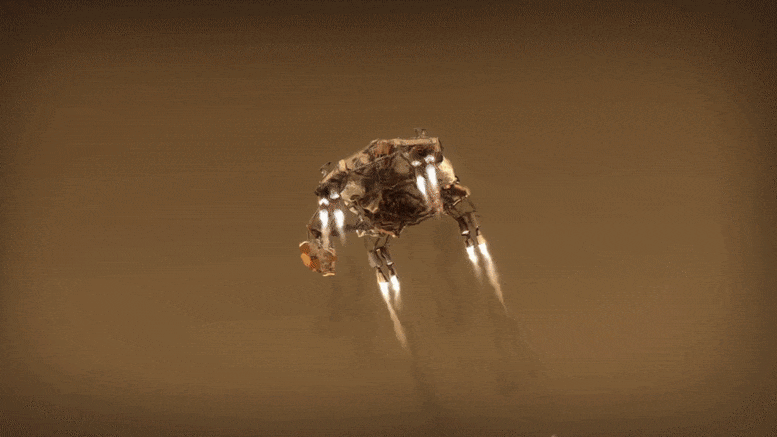In this project I built a web application that scrapes various websites for data related to the Mission to Mars and displays the information in a single HTML page. The following outlines what I did.
Technolgies: Jupyter Notebook, BeautifulSoup, Pandas, and Requests/Splinter, MongoDB, Python, Flask, SQLAlchemy
Step 1 - Scraping
- First I scraped the NASA Mars News Site and collected the latest News Title and Paragraph Text.
- I then Assigned the text to variables to be referenced later.
- JPL Mars Space Images - Featured Image: https://www.jpl.nasa.gov/images?search=&category=Mars
- Next I Visited the url for JPL Featured Space Image.
- I then used splinter to navigate the site and find the image url for the current Featured Mars Image and assign the url string to a variable.
- Mars Facts: https://space-facts.com/mars/
- The next items I grabed were on the Mars Facts webpage.
- I used Pandas to scrape the table containing facts about the planet including Diameter, Mass, etc.
- I then used Pandas to convert the data to a HTML table string.
- Mars Hemispheres: https://astrogeology.usgs.gov/search/results?q=hemisphere+enhanced&k1=target&v1=Mars ((This sign is currently down and may cause issues))
- Lastly I visited the USGS Astrogeology site here to obtain high resolution images for each of Mar's hemispheres.
- I used splinter to click each of the links to the hemispheres in order to find the image url to the full resolution image.
- I then saved both the image url string for the full resolution hemisphere image, and the Hemisphere title containing the hemisphere name.
- I used a Python dictionary to store the data.
- Then I appended the dictionary with the image url string and the hemisphere title to a list.
- This list contains one dictionary for each hemisphere.
Step 2 - MongoDB and Flask Application
-
First I utilized MongoDB with Flask templating to create a new HTML page that displays all of the information that was scraped from the URLs above.
-
I then converted my Jupyter notebook into a Python script with a function called scrape that will execute all of the scraping code from above and return one Python dictionary containing all of the scraped data.
-
Next, I built a route called /scrape that will import the python script and called my scrape function.
-
I Stored the return value in Mongo as a Python dictionary.
-
Next I created a root route / that queries my your Mongo database and passes the mars data into an HTML template to display the data.
-
Lastly I custom built a template HTML file called index.html that takes the mars data dictionary and display's all of the data in the appropriate HTML elements.
Here's what the final product looked like!



